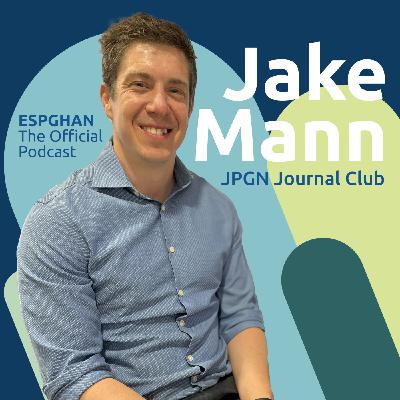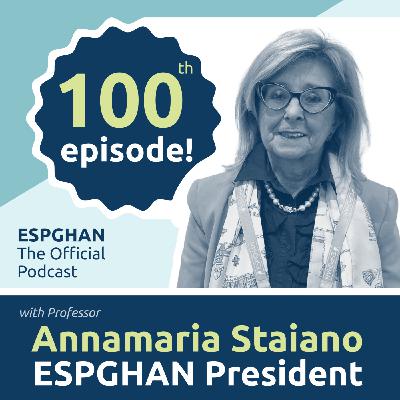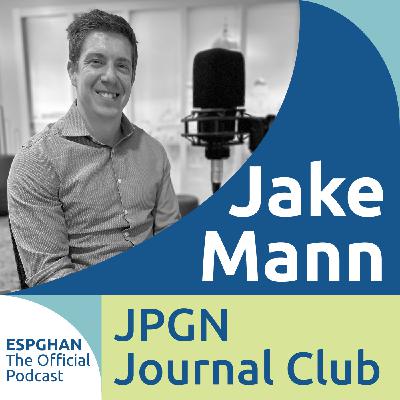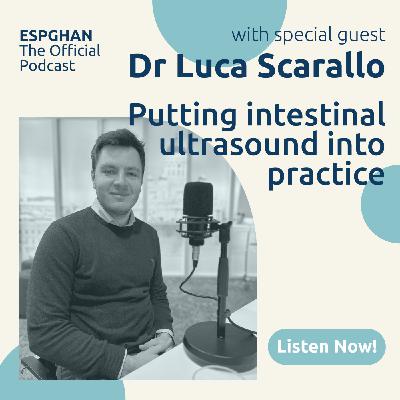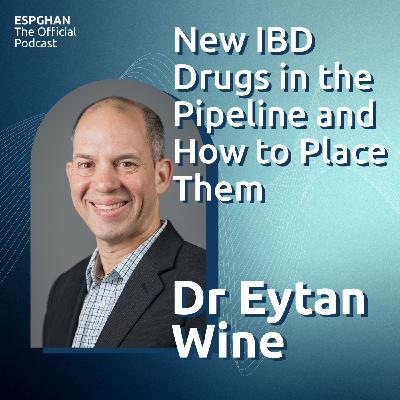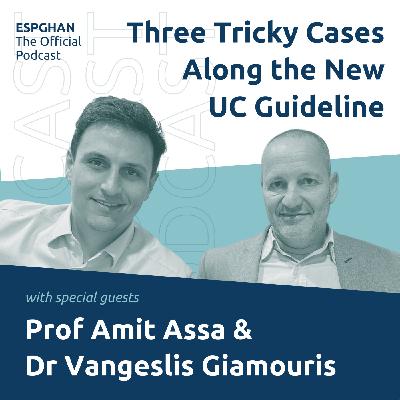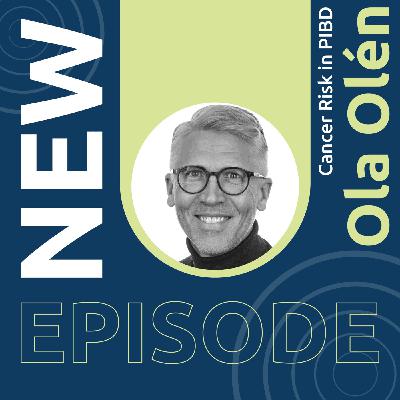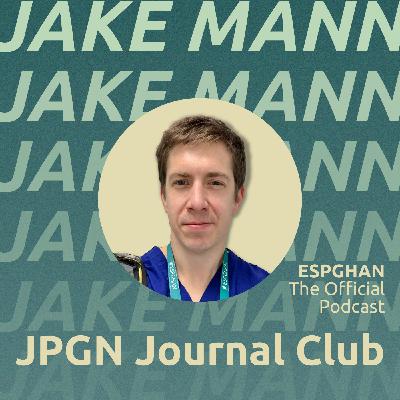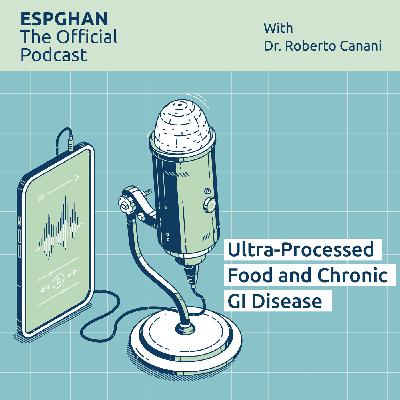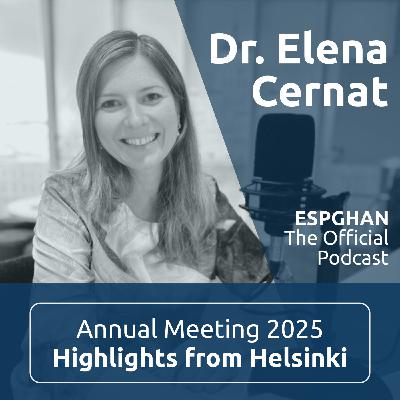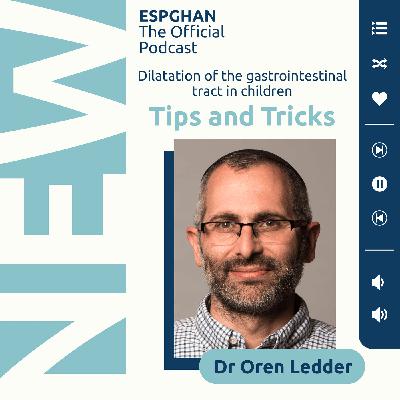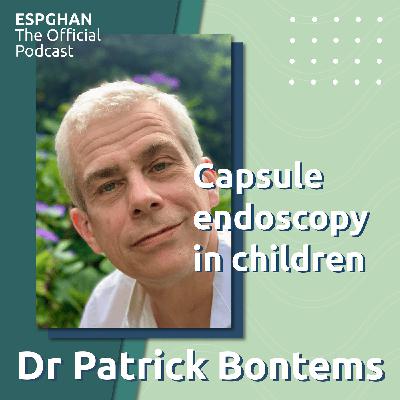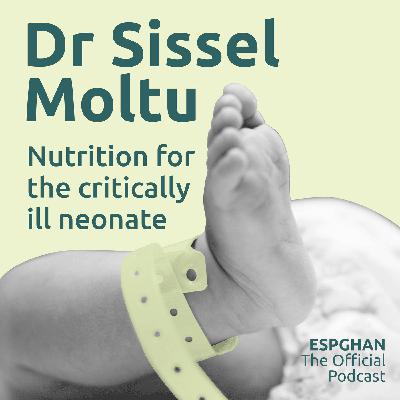JPGN Jounal Club: October 2025
Description
It’s ESPGHAN Journal Club, in your thoughts and in your ears!
Thanks for tuning in to learn what Dr. Jake Mann thinks are the raisins in the loaf for this month.
Jake’s choices for today:
Hoskins BJ et al. (Indianapolis, Indiana, USA), J Pediatr Gastroenterol Nutr – Pediatric endoscopic mucosal resection: A 10‐year single‐center experience.
Kulecka M et al. (Cork and Galway, Ireland; Málaga, Spain; London; Utrecht), Nat Commun – Combining mucosal microbiome and host multi-omics data shows prognostic potential in paediatric ulcerative colitis.
In what USAnians call “flyover country,” a ten-year review at a tertiary-care paediatric referral hospital included twenty mucosal or submucosal lesions treated by submucosal resection using cold- or hot-snare, banding, and underwater techniques. (Supplemental materials include videos of these resections.)
One lesion with fibrosis required surgical resection after endoscopic attempts. Otherwise, procedures were technically successful and well tolerated.
The authors have argued separately in J Pediatr Gastroenterol Nutr (link) for a discipline-wide reassessment of paediatric guidelines for endoscopic polypectomy. In their current report, they urge colleagues not to shy away from submucosal resection in children.
But questions remain: How should training be organized? How can enough cases be centralized so competence is maintained? Or, who will bell the cat? Problems for another day.
Kulecka et al.The authors frame their hypothesis clearly: not all children with ulcerative colitis (UC) respond to standard therapies. Could combined analysis of the mucosal microbiome, transcriptome, and epigenetic modifications predict which patients are at risk of relapse—allowing earlier use of second-line treatments?
Findings:
Lower microbial diversity and depletion of butyrate-producing and mucin-degrading bacteria correlated with higher relapse risk.
Colonisation of the distal bowel by oral flora—especially Veillonella dispar—marked a tendency for relapse. Similarly, V. parvula was overrepresented in relapsing patients.
Functional studies in culture and mice showed pro-inflammatory effects not suppressed by standard UC therapies.
Transcriptomic and epigenetic differences correlated with both microbiome composition and clinical course.
Conclusion: The authors propose that such analyses could identify children at higher risk of poor outcomes, emphasizing the novel predictive value of their approach. (Note: critical reading requires strong backgrounds in both statistics and microbiology—this is not light work!)
Why these articles matter for ESPGHAN membersWhat do they signify for clinical practice and future research? Jake will tell us.
Departing from the bakeshop metaphor with which this commentary began, and paraphrasing from The Who’s rock opera Tommy:“With Jake as our leader, Jake as our guide / On the amazing journey together we’ll ride!”
Or, as Bette Davis (as Margo Channing in All About Eve) put it:“Fasten your seat belts – it’s going to be a bumpy night.”
Literature
Hoskins BJ et al. Pediatric endoscopic mucosal resection: A 10‐year single‐center experience. J Pediatr Gastroenterol Nutr. 2025 Aug 12. Online ahead of print. doi:10.1002/jpn3.70194. PMID: 40798915
Kulecka M et al. Combining mucosal microbiome and host multi-omics data shows prognostic potential in paediatric ulcerative colitis. Nat Commun. 2025 Aug 4;16(1):7157. doi:10.1038/s41467-025-62533-z. PMID: 40759968. PMCID: PMC12322004

